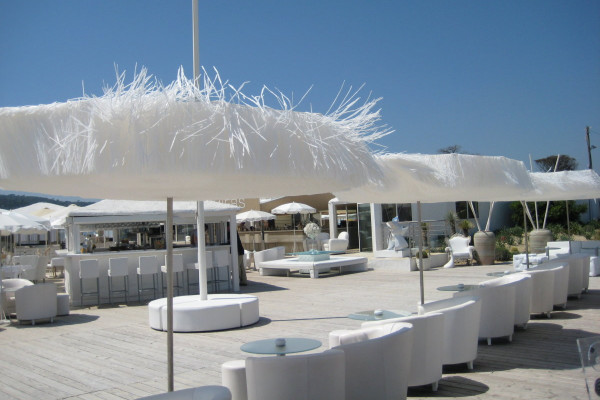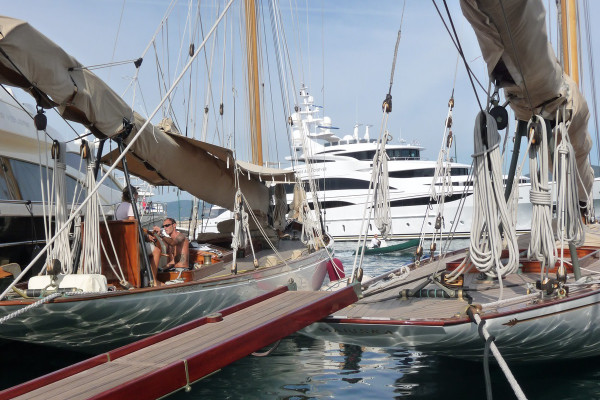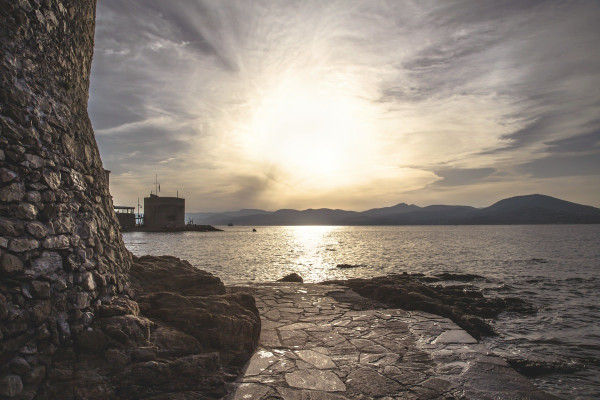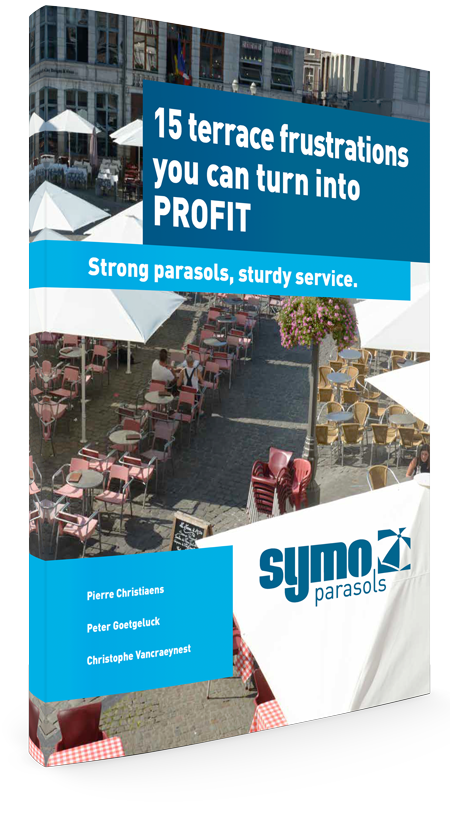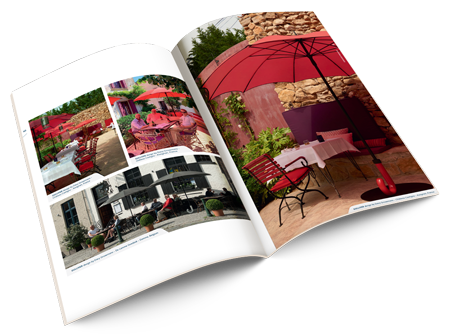Cruising along the Côte d’Azur
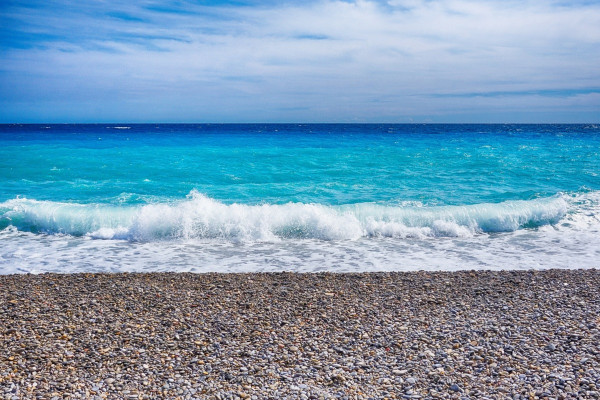
Who doesn’t dream of a holiday on endless beaches along a deep-blue sea? Of enjoying the fabulous weather and a magnificent view from under a beautiful parasol. The Côte D’Azur has had great pull on holidaymakers for a long time now.
Once, everyone called this glamourous stretch of coast on the Mediterranean the “French Rivièra”. In 1888, writer Stéphen Liégeard called it the “Côte d’Azur” and the name stuck. One look at the azure blue sea and you understand why.
Jet-set or Airbnb
For a long time, the Côte d’Azur was known as a holiday destination for the well-to-do. Although cities such as St-Tropez and Monaco still boast the flashy cars and impressive yachts of the jet set, in recent years you could also find visitors on a lower budget. Contemporary alternatives such as Airbnb and booking.com offer affordable alternatives even in the high season.
Whatever you call it, the coast that stretches from St-Tropez to the Franco-Italian border is one of the world’s most beautiful holiday destinations, full of gorgeous beaches, luxury hotels, museums, restaurants, design bars, belle-époque villas, headlands with meandering coastal paths, and spectacular hill-top villages. Together, they make the Côte d’Azur one of the most iconic regions of Europe.
Nice
Nice, the capital of the department, is a good place to start a visit. In the 19th and early 20th century, this former Italian city was very popular with wealthy Brits. Whilst the rest of Europe shivered during the wet and cold winters, they enjoyed the fair weather and the many social activities there. The 5- km-long seafront where they liked to strut, and which was funded by British expats in 1822, is appropriately called the Promenade des Anglais.
The old city of Nice is an atmospheric maze of small alleys between old town houses with high shutters and attractive restaurants. Getting lost here for a few hours is definitely a highlight. The lay-out has barely changed since 1700 and is now full of delis, restaurants, boutiques and bars, but its heart remains cours Saleya: a big, bustling market square. The market is perfect for fresh produce and foodie souvenirs, whilst the flower market deserves a visit merely because of all the colours and smells.
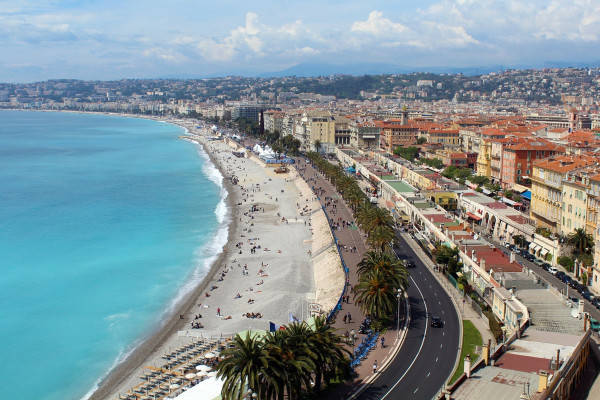
Le Corbusier
Another icon on the Côte d’Azur is Le Corbusier’s beach hut at Cap Martin. This very simple but ingenious log cabin was his holiday home until his death. You can visit the cabin during a guided tour that lasts about two hours, starting at the train station of Roquebrune-Cap-Martin. It is best to reserve in advance by e-mail.
Perhaps just as famous, and right next door, is villa E1027 by architect Eileen Gray, a friend of Le Corbusier. This modernist cube on pillars slightly resembles a ship on the outside and the interior also has a subtle maritime character. The house is now considered to be one of the most successful examples of modernism.
Whilst staying at the villa, Le Corbusier painted large, obscene paintings on the white walls. Gray was furious since she felt that the villa’s beautiful perspectives had been mutilated. Le Corbusier was no longer welcome.
Flamboyant pink
Another remarkable villa on the Côte d’Azur is Villa Ephrussi de Rothschild, near Saint-Jean-Cap-Ferrat. This belle-époque villa was built by Béatrice Ephrussi de Rothschild. The baroness loved the colour pink and had a rather flamboyant style, which you can definitely see everywhere in and around the villa.
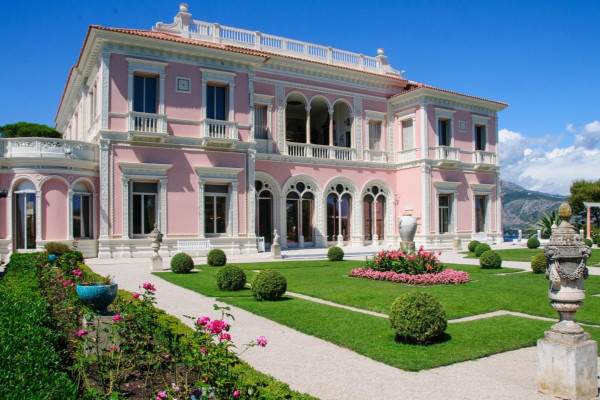
Not only the building is worth the trip; the baroness was an ardent art collector and filled the villa with paintings by Fragonard, Louis XVI furniture and Sèvres porcelain. From the balcony you look out onto nine, beautiful, themed gardens and dancing fountains.
In spring, the Spanish, Japanese, Florentine, stone, cactus, rose and French gardens are beautiful to stroll in – the view of the sea is magnificent, and the fountains ‘dance’ to classical music every 20 minutes.
Excesses in Saint-Trop
Of course, thé symbol for the glamourous life on the Côte d’Azur is Saint-Tropez. Since Brigitte Bardot was magnificent there in the movie “Et Dieu Créa la Femme”, the previously quiet fishing village has changed into a bustling meeting place for the beau monde. In the old port, masses of tourists come to marvel at the millionaire’s enormous yachts. In summer, every day over 60,000 tourists overrun the city that only has a population of just over 6000.
If you want to experience the famous picturesque beauty of ‘Saint-Trop’ it’s better to come in the low season when most of the restaurants are closed and the little fishing boats dominate the port once again. Enjoy the people playing pétanque on the delightful square Lices or stroll through the authentic quarter of La Ponche. The Tropézienne cake – a local calorie bomb – is also famous!
Posh Monaco
Are you impressed by the decadence in the port of Saint-Tropez? You will also be surrounded by luxury and ostentation in the microstate of Monaco. This tax haven it attracts the superrich and even has its own Formula One Grand Prix that roars through the streets once a year.
The highlights of Monaco are the Palace, the Monte Carlo Casino and the marina where the most expensive yachts lie gleaming. Spanning just 200 hectares, Monaco is bursting at the seams. High-rise hotels and apartment buildings stick to the rocks like an explosion of building blocks around a very confusing street layout where you will see more luxury sports cars than pedestrians.
More peaceful than the hustle and bustle of Monte Carlo is the rock to the south of the port where the royal palace stands and the old city charms visitors.

Picasso
After Saint-Tropez, Cannes and Monaco, Antibes is the most visited town on the Côte d’Azur. It provedes a great view of the beautiful beaches and old town at sea. Little streets and squares cross the Provencal market and baroque cathedral. You will also find many artisanal boutiques and cosy restaurants and cafés. Like in many French towns, you can still walk along the ramparts that were built by Vauban in the 17th century.
And be sure to visit the Picasso Museum in Château Grimaldi, built on the remains of the old Greek city of Antipolis. You can enjoy some two hundred works by the famous cubist who lived in the castle for a while.
Antibes also stole the heart of many other writers and artists such as Graham Greene, Chagall, Monet, Renoir and Max Ernst. The little cobbled streets full of flowers and the port full of boats still give the town its enchanting beauty.
Mediaeval magic
Between Nice and Saint-Tropez, the picturesque village of Èze lies perched on the hill like an eagle’s nest. At 429 m above sea level, there is a fabulous 360° view over the bay and the Mediterranean. Little mountain roads meander between the belle époque villas, maritime pine forests and botanic gardens.
The famous philosopher Friedrich Nietzsche wrote his famous work “Also sprach Zarathustra” here. His memory lives on in the small meandering path named after him that connects the village centre to the coast. In summer Èze can get fairly busy, when herds of tourists, artists and craftsmen overrun this picturesque little village.
Recipe for Tropézienne cake
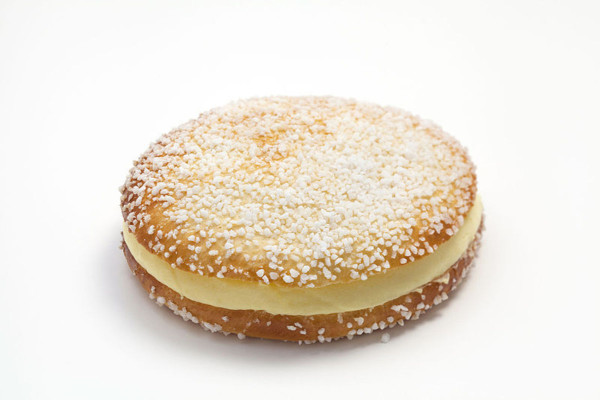
Ingredients:
For the dough:
300 g flour
125 ml luke-warm milk
75 g butter
50 g sugar
1 egg
1 egg yolk
2 tbsp orange flower water
1 tsp fresh yeast
1 tsp salt
white candy sugar (fine)
For the filling:
4 dl milk
200 g sugar
2 eggs
1 egg yolk
60 g cornflour
200 g butter
2 tbsp orange flower water
13 cl whipping cream
Instructions:
To make the dough: dissolve the yeast in a little of the luke-warm milk. Mix the flour, salt and sugar together in a large bowl. Add the yeast, the rest of the milk, the butter, the orange flower water and the egg and knead everything until it is a supple ball of dough. Cover the bowl with a tea towel and leave it for 2 hours. Grease a springform pan and divide the dough evenly over the bottom. Leave to rise for another 30 minutes. Preheat the oven to 180 degrees. Brush the top of the dough with the beaten egg yolk, sprinkle with the finely chopped candy sugar and bake the cake for 20 minutes.
In the meantime, prepare the filling by lightly beating the eggs in a large bowl with half of the sugar and the cornflour. Heat the milk (until almost boiling) together with the rest of the sugar and the orange flower water. Mix the milk mixture through the egg mixture, pour it all back into the pan and warm it on a low heat (do not let it boil!). Then mix in half the butter. Leave to cool and then add the rest of the butter (at room temperature). Mix everything thoroughly with a fork to form a smooth cream.
Whip the whipping cream with a mixer until it forms peaks, then carefully fold it through the cream you made previously.
Slice the cooled cake in two horizontally to obtain two, even round disks. Spread the cream onto the bottom half. Place the top half on top and leave the Tropézienne cake to set in the refrigerator for at least an hour.

